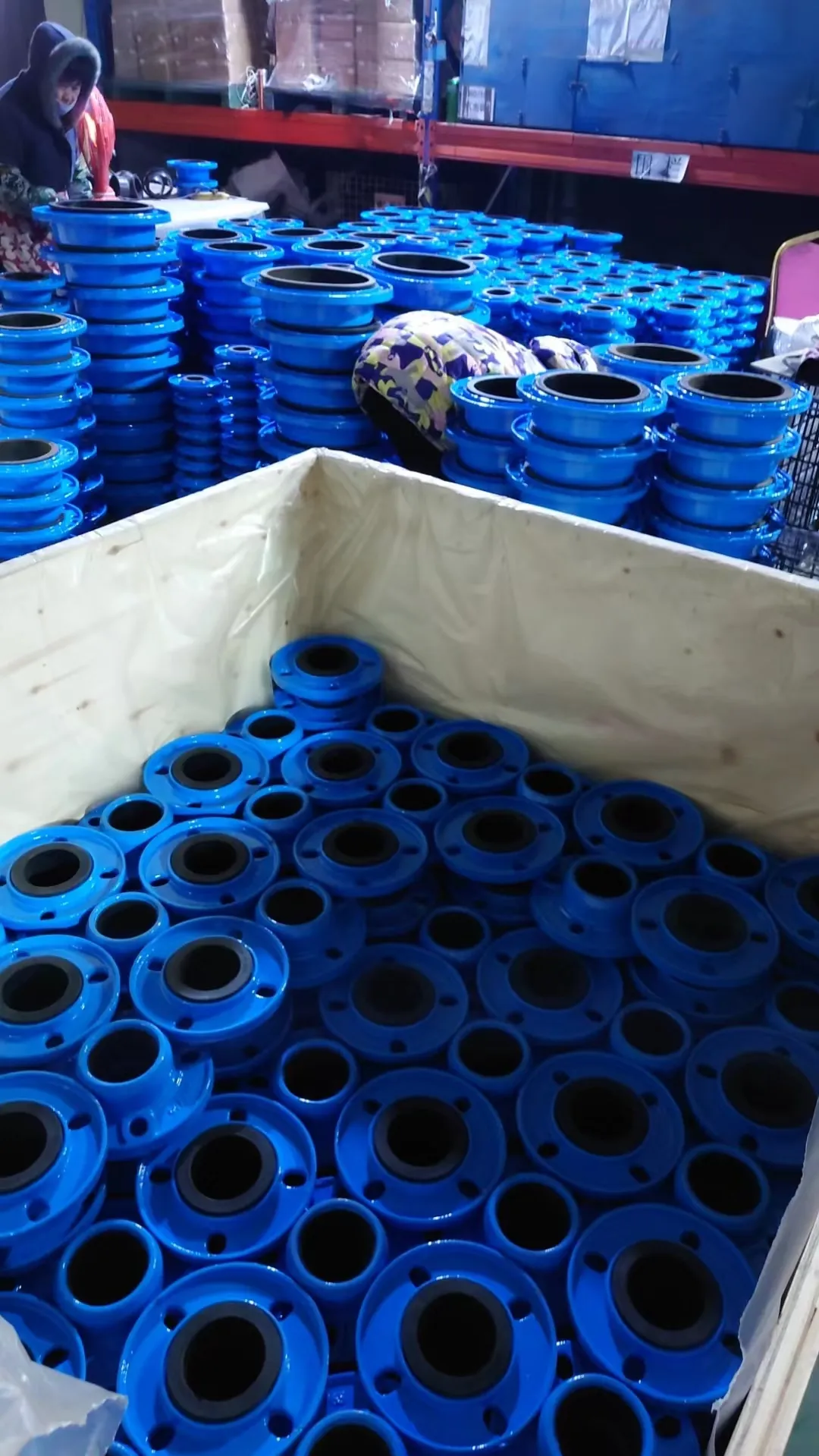butterfly valve 300
Understanding Butterfly Valves A Focus on 300 Class Design
Butterfly valves are essential components in various industrial applications, serving as crucial mechanisms for controlling the flow of fluids and gases. Among the different designs available, the 300 class butterfly valve stands out due to its reliability and efficiency. This article explores the characteristics, advantages, applications, and maintenance of 300 class butterfly valves, providing a comprehensive overview for engineers and industry professionals.
What is a Butterfly Valve?
A butterfly valve consists of a circular disc or plate mounted on a rotating shaft. When the shaft turns, the disc spins to either block or allow fluid passage. This design allows for quick shut-off and efficient regulation of flow, making butterfly valves favored in many sectors, including water treatment, food processing, and petrochemicals.
The 300 Class Design
The 300 designation refers to the pressure-temperature rating that indicates the valve's ability to operate in high-pressure and high-temperature environments. Specifically, a 300 class butterfly valve can handle pressures up to 300 psi at standard temperatures, which makes it suitable for demanding applications. These valves are constructed from robust materials such as stainless steel, ductile iron, or carbon steel, ensuring durability and long service life even in harsh conditions.
Advantages of 300 Class Butterfly Valves
1. Compact Design The compact nature of butterfly valves allows for easy installation in tight spaces, an advantage in various industrial setups.
2. Light Weight Compared to other valve types, butterfly valves are lighter, simplifying handling and reducing installation costs.
3. Quick Operation The quarter-turn operation enables rapid opening and closing, which is critical in applications requiring immediate flow regulation.
4. Low Maintenance Due to their simple design and fewer moving parts, 300 class butterfly valves generally require less maintenance compared to other valves, resulting in lower operational costs.
5. Versatility These valves can handle a variety of media, including water, chemical solutions, and gases, making them versatile tools in numerous industries.
butterfly valve 300

Applications of 300 Class Butterfly Valves
The versatility of 300 class butterfly valves allows their application across various sectors
- Water and Wastewater Treatment They are commonly used to control flow in treatment plants, ensuring efficient operation and management of resources.
- HVAC Systems In heating, ventilation, and air conditioning systems, butterfly valves regulate air and refrigerant flow, enhancing energy efficiency.
- Food and Beverage Industry Sanitary butterfly valves are utilized to maintain the safety and quality of food products, complying with regulatory standards.
- Oil and Gas In both upstream and downstream processes, butterfly valves facilitate the transport of crude oil, natural gas, and other liquids, proving essential in the industry.
Maintenance Tips
To ensure the longevity and proper functioning of 300 class butterfly valves, consider the following maintenance tips
- Regular Inspections Conduct periodic inspections to check for wear and tear or operational irregularities.
- Lubrication Keep the valve shaft lubricated to prevent corrosion and facilitate smooth operation.
- Sealing Monitor the sealing surfaces for any leaks and replace gaskets as necessary to maintain integrity.
In conclusion, 300 class butterfly valves are indispensable in modern industrial processes due to their efficient design, versatility, and reliability. By understanding their characteristics and following proper maintenance practices, industries can ensure optimal performance and longevity, ultimately contributing to productivity and safety. Whether in water treatment facilities or HVAC systems, the significance of butterfly valves cannot be overstated, making them a staple in fluid control applications.
-
The Smarter Choice for Pedestrian AreasNewsJun.30,2025
-
The Gold Standard in Round Drain CoversNewsJun.30,2025
-
The Gold Standard in Manhole Cover SystemsNewsJun.30,2025
-
Superior Drainage Solutions with Premium Gully GratesNewsJun.30,2025
-
Superior Drainage Solutions for Global InfrastructureNewsJun.30,2025
-
Square Manhole Solutions for Modern InfrastructureNewsJun.30,2025
-
Premium Manhole Covers for Modern InfrastructureNewsJun.30,2025
